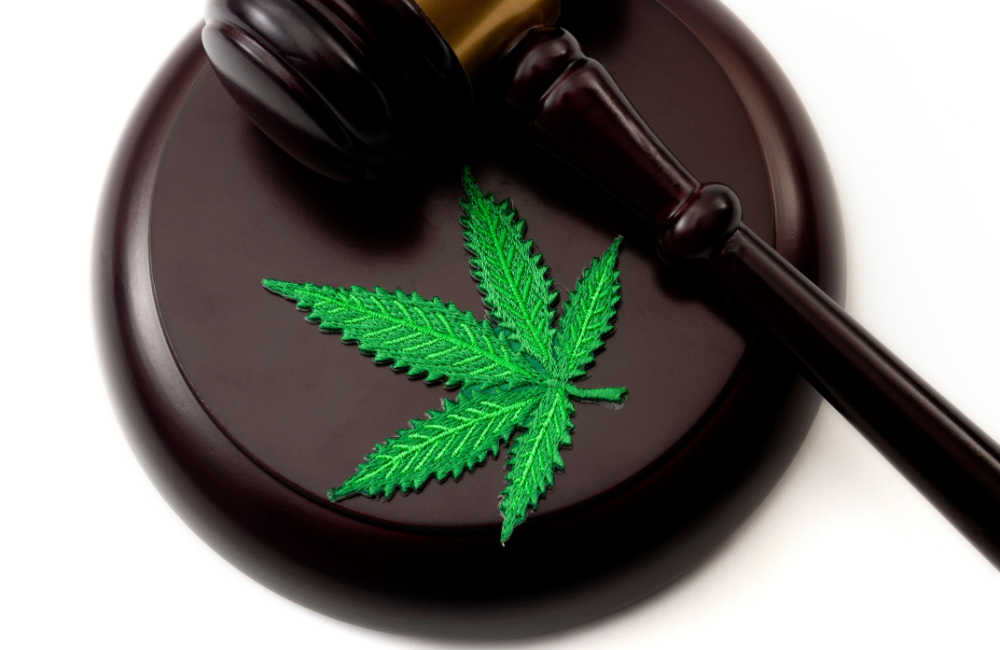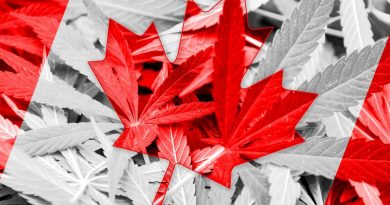What Are Schedule I Drugs and Is Cannabis Still On It?
As the U.S. Congress continues to debate the merits of federal legalization of marijuana, the term Schedule I comes up frequently. Schedule I refers to a list of drugs that the federal government deems the most dangerous. Marijuana is still on the Schedule I list.
That’s a reality that hasn’t changed even as state after state has legalized cannabis for both medical and recreational use, or as half of Americans now report having used cannabis at least once. The entire country of Canada legalized cannabis in 2018, but the United States has not budged.
President Joe Biden has taken the first step to remove marijuana from Schedule I, asking the Justice Department to review the plant’s inclusion on the list. As the debate continues, here’s a look at the details of Schedule I.
What Is Schedule I?
In the 1970s, the federal government created a schedule of drugs, with the most dangerous drugs listed as Schedule I. First created by Attorney General John Mitchell (who worked in the Nixon Administration), the schedule is now maintained by the U.S. Drug Enforcement Agency (DEA). You can read more about the history of Schedule I here.
There are three main reasons why a drug gets listed as Schedule I. The first is that it has a high potential for abuse. The second is that it has no accepted use as a medical treatment. The third is that it has a lack of accepted safety for use.
The drugs currently on the list include heroin, LSD, mescaline, Ecstasy, methaqualone, and peyote. It’s notable that these drugs are ranked higher than the following Schedule II drugs: hydrocodone, cocaine, methamphetamine, methadone, oxycodone, and fentanyl.
Arguments For Removing Marijuana From Schedule I
While the federal government has classified cannabis as a Schedule I drug since the 1970s, the classification has come under scrutiny in recent years as more research is conducted into the medicinal benefits of cannabis. There are many reasons why advocates argue that cannabis does not belong on the Schedule I list.
For example, studies have shown cannabis can prove effective in treating chronic pain, nausea, and spasticity associated with multiple sclerosis. Studies also have found cannabis can potentially treat epilepsy, PTSD, and anxiety disorders. Furthermore, cannabis has been shown to be effective in treating symptoms associated with chemotherapy and AIDS.
The classification also has hindered research into potential medical benefits, making it difficult for researchers to obtain the necessary permits and funding to conduct studies on the medicinal properties of cannabis. This has resulted in a lack of knowledge and understanding of the potential benefits of cannabis.
Also, the classification of cannabis as a Schedule I drug has resulted in the criminalization of its use, possession, and sale. This has led to the imprisonment of individuals for non-violent drug offenses and has disproportionately affected marginalized communities.




